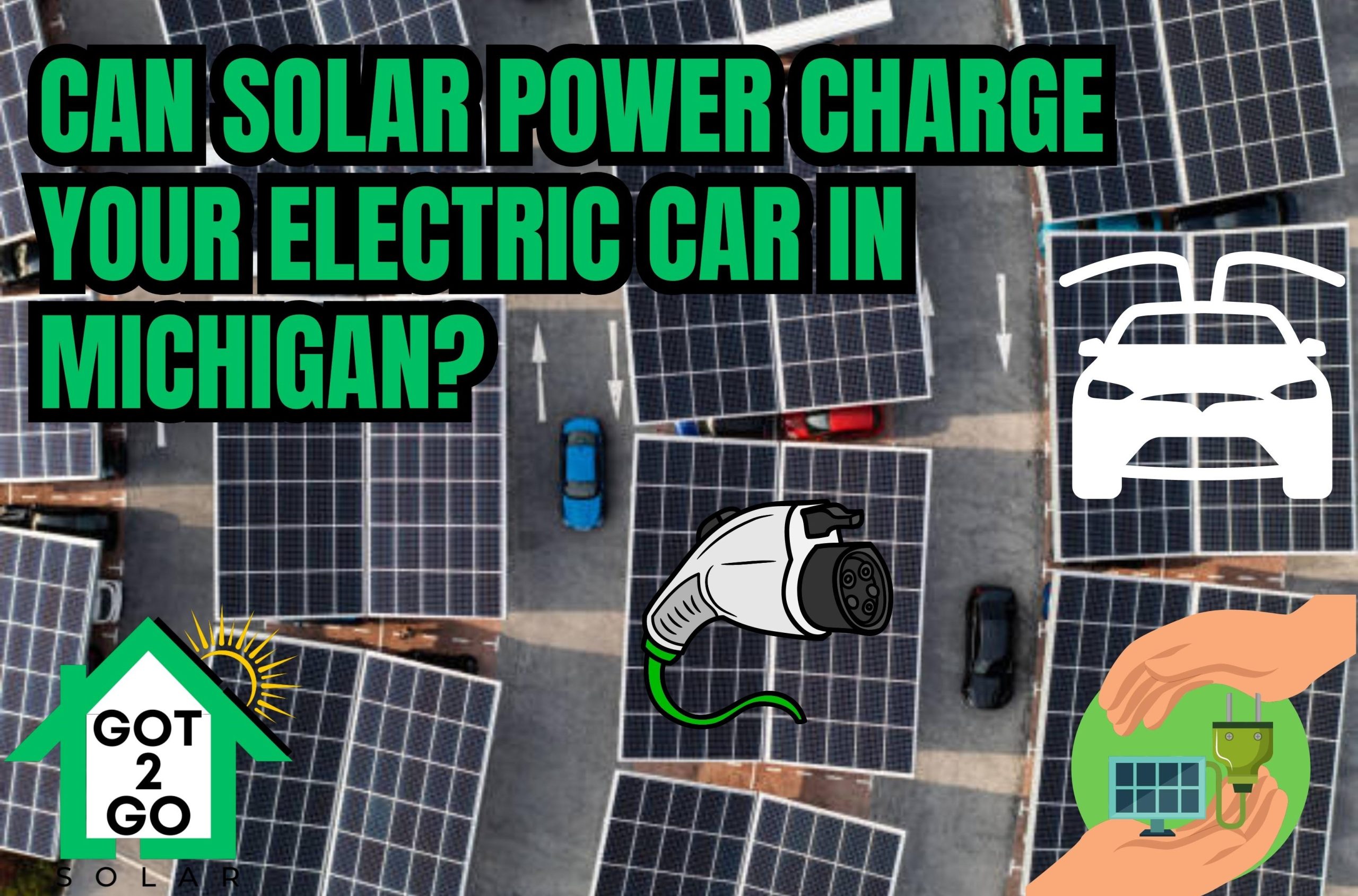
Author: climaxsolar
-

Why Are Solar Panels Good? Discover the Power of Climax Solar!
Read More: Why Are Solar Panels Good? Discover the Power of Climax Solar!Discover Climax Solar Benefits! Leading solar solutions in Southwest Michigan. Save money, boost home value, and protect the planet. Go solar today!
-

Are Solar Panels Really That Expensive? The Truth Behind Solar Investment
Read More: Are Solar Panels Really That Expensive? The Truth Behind Solar InvestmentToday, we’re addressing a common question we hear from homeowners: “Are solar panels really that expensive?” As a Solar Energy Expert at Climax Solar, I’m here to shed some light on this topic and guide you towards making an informed decision. The Initial Investment Let’s start by addressing the elephant in the room. Yes, there’s…
-

How Do Solar Panels Really Save Money? A Deep Dive
Read More: How Do Solar Panels Really Save Money? A Deep DiveDiscover how solar panels save money with Climax Solar. Lower bills, tax breaks, and increased home value in Southwest Michigan. Switch to solar today!
-

Is Solar Energy in Michigan Even Worth It?
Read More: Is Solar Energy in Michigan Even Worth It?Today, we’re addressing a question that many Michigan homeowners have asked: Is solar energy in Michigan even worth it? The short answer is a resounding yes, and here’s why…
-

Which Solar Panels Are The Best? A Comprehensive Guide
Read More: Which Solar Panels Are The Best? A Comprehensive GuideDiscover the best solar panels for your home with Climax Solar’s comprehensive guide. Learn why SunPower panels lead in efficiency, durability, and savings.
-

Elon Musk Predicts Energy Shortage: Why Solar Energy is the Future
Read More: Elon Musk Predicts Energy Shortage: Why Solar Energy is the FutureElon Musk predicts an energy shortage. Discover why solar power is the key to a sustainable future. Read now to prepare for what’s coming.
-

5 Tips For Homeowners To Save Energy
Read More: 5 Tips For Homeowners To Save EnergyDiscover 5 top ways to save on energy costs with Climax Solar. From solar panel installation to LED lighting, learn how to make your home sustainable.
-

The Future is Bright: Will Solar Energy Be Used in the Future?
Read More: The Future is Bright: Will Solar Energy Be Used in the Future?Dive into the future of solar energy with Climax Solar. Discover how advancements and sustainability will shape our energy landscape.
-

Storing the Sun: How and Where is Solar Energy Stored?
Read More: Storing the Sun: How and Where is Solar Energy Stored?Explore how solar energy is stored, the importance of storage systems, and their impact on home value. Harness the sun, day and night with Climax Solar.
-

Can Solar Power Charge Your Electric Car in Michigan?
Read More: Can Solar Power Charge Your Electric Car in Michigan?Learn how solar power can charge your electric car in Michigan. Explore the benefits and how to get started with Climax Solar.
Search
Popular Posts
-
Why Are Solar Panels Good? Discover the Power of Climax Solar!
Discover Climax Solar Benefits! Leading solar solutions in Southwest Michigan. Save money, boost home value, and protect the planet. Go solar today!
-
Are Solar Panels Really That Expensive? The Truth Behind Solar Investment
Today, we’re addressing a common question we hear from homeowners: “Are solar panels really that expensive?” As a Solar Energy Expert at Climax Solar, I’m here to shed some light on this topic and guide you towards making an informed decision. The Initial Investment Let’s start by addressing the elephant in the room. Yes, there’s…
-
How Do Solar Panels Really Save Money? A Deep Dive
Discover how solar panels save money with Climax Solar. Lower bills, tax breaks, and increased home value in Southwest Michigan. Switch to solar today!


